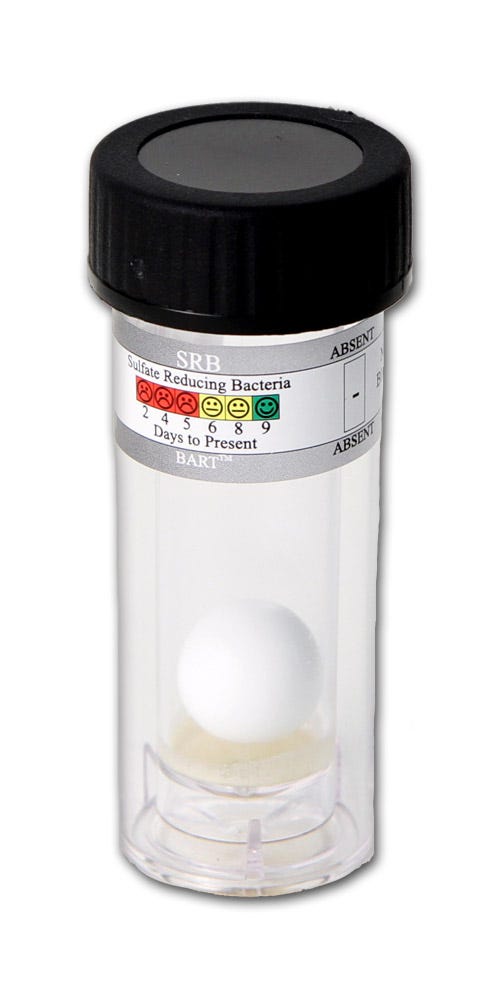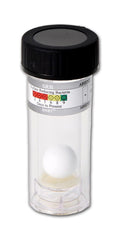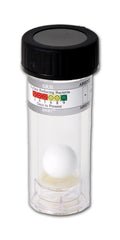SIGN UP FOR OUR NEWSLETTER
Receive our latest updates about our products & promotions.

Save 20% - 25% Off Select Systems! Plus up to
10% Off with an Exclusive Coupon Discount!




Order by 12 PM EST and this system will be on its way the very next day.
Free standard shipping on most products over $199.
Free shipping on most products over $199. Freight orders excluded. Speak to a water expert for more details.
Our Master Water Specialists and Certified Water Specialists review your water analysis and address your specific water problems. WE then design a system that we'll guarantee will solve your water problem(s) and back it with our One-Year Money Back Promise (Guarantee).
It all starts with a Laboratory Test of your water. Then, our Master Water Specialists and Certified Water Specialists will review the results of your water analysis and scientifically discuss the best way to treat your water, provide on estimate of how to do that, and then we provide you a One-Year Guarantee of Satisfaction. It's our Promise to You that our system will do what we say or we will give you your money back*
Sulfur-reducing bacteria (SRB) live in oxygen-deficient environments. They break down sulfur compounds, producing hydrogen sulfide gas in the process. Hydrogen sulfide gas is foul-smelling and highly corrosive. Of the two types, sulfur-reducing bacteria are the more common. The most obvious sign of a sulfur bacteria problem is the distinctive "rotten egg" odor of hydrogen sulfide gas. As with odors caused by iron bacteria, the sulfur smell may only be noticeable when the water hasn't been run for several hours. In some cases, the odor will only be present when hot water is run; this could indicate that SRBs are building up in the water heater. Blackening of water or dark slime coating the inside of toilet tank may also indicate a sulfur bacteria problem.
Hydrogen sulfide gas produces an offensive "rotten egg" or "sulfur water" odor and taste in the water. In some cases, the odor may be noticeable only when the water is initially turned on or when hot water is used. Heat forces the gas into the air which may cause the odor to be especially offensive in a shower.
One of the many troubles with hydrogen sulfide is its strong corrosiveness to metals such as iron, steel, copper and brass. It can tarnish silverware and discolor copper and brass utensils. Hydrogen sulfide also can cause yellow or black stains on kitchen and bathroom fixtures. Coffee, tea and other beverages made with water containing hydrogen sulfide may be discolored and the appearance and taste of cooked foods can be affected. High concentrations of dissolved hydrogen sulfide also can foul the resin bed of an ion exchange water softener. When a hydrogen sulfide odor occurs in treated water (softened or filtered) and no hydrogen sulfide is detected in the non-treated water, it usually indicates the presence of some form of sulfate-reducing bacteria in the system. Water softeners provide a convenient environment for these bacteria to grow. A "salt-loving" bacteria that uses sulfates as an energy source may produce a black slime inside water softeners.
Sulfur-reducing bacteria, which use sulfur as an energy source, are the primary producers of large quantities of hydrogen sulfide. These bacteria chemically change natural sulfates in water to hydrogen sulfide. Sulfur-reducing bacteria live in oxygen-deficient environments such as deep wells, plumbing systems, water softeners and water heaters. These bacteria usually flourish on the hot water side of a water distribution system. Hydrogen sulfide gas also occurs naturally in some groundwater. It is formed from decomposing underground deposits of organic matter such as decaying plant material. It is found in deep or shallow wells and also can enter surface water through springs, although it quickly escapes to the atmosphere. Hydrogen sulfide often is present in wells drilled in shale or sandstone, or near coal or peat deposits or oil fields. Occasionally, a hot water heater is a source of hydrogen sulfide odor. The magnesium corrosion control rod present in many hot water heaters can chemically reduce naturally occurring sulfates to hydrogen sulfide.
The time taken for a color change (reaction) to occur gives a measure of the population size and activity. A color change occurs in the BART tube as a result of the oxygen gradient diffusing from the bottom upward. The change of color indicates a presence of bacteria within that sample. Interpretation is provided with the kit.
Full instructions for the use of BART biodetectors are included with your purchase. Each individual test consists of:

Receive our latest updates about our products & promotions.
Thanks for subscribing!
This email has been registered!